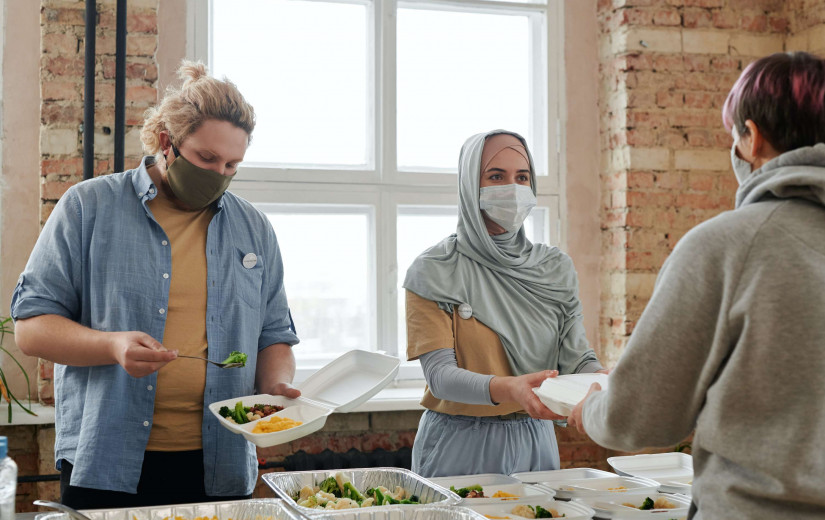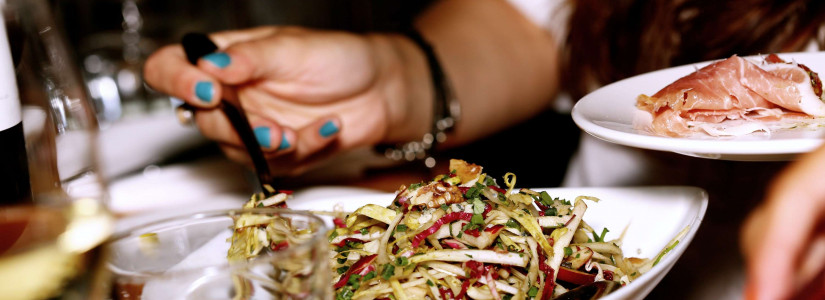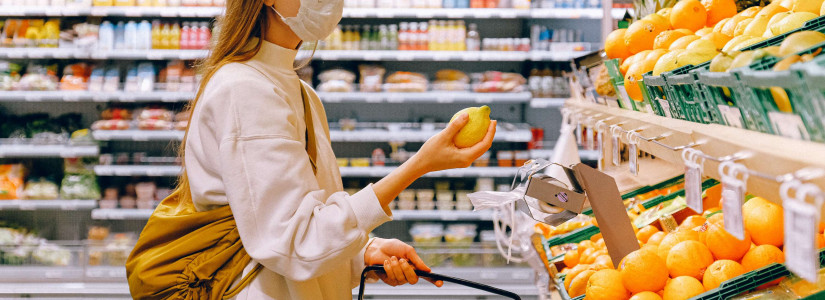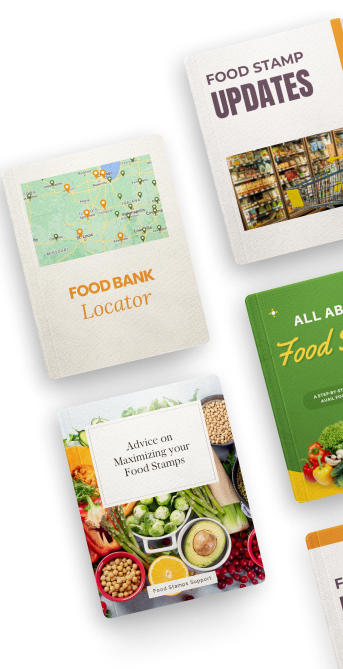Your Least-favorite Vegetables May Be the Best Ones for You to Eat
Chances are good that as a child, you were told to eat your vegetables. You probably didn't like them very much, especially the tougher and bitter ones. Vegetables like broccoli and cabbage have a long history of being disliked. As you grew up, you may have gone one of two ways when it comes to eating your veggies. It's possible you realized that you should eat them because they're good for you, so you do it because you feel you have to, not because you want to. It's also possible that you gleefully stopped eating all those veggies. With nobody telling you to eat them and being able to make your own decisions, it's easy to skip what doesn't taste good. If you're in the second group, you might want to get your steaming basket ready. Scientists have recently discovered that some of the least-liked vegetables are some of the best ones for you to eat.
Results of a Long-term Nutrition Study
Researchers at the ECU School of Medical and Health Sciences and The University of Western Australia recently published the results of a long-term nutritional study of a cohort of women. In 1998, a cohort of West Australian women was recruited and asked to provide information about what they ate, when they ate it and how much of it they ate. By 2020, there were 684 women still in the study, and the researchers analyzed the women's intake of different foods and looked at their cardiovascular health. When controlling for factors such as age, income, body mass index and educational level, the researchers found that the more cruciferous vegetables a woman ate, the lower her risk of extensive calcium buildup on the aorta.
What the Study Results Mean
The aorta is the body's largest artery. It delivers the oxygenated blood to the rest of the body. It's responsible for supplying a constant, oxygen-rich blood supply to muscles, organs and the brain. Calcium buildup in the aorta is one of the top markers of heart disease.
Why Calcium Buildup in the Aorta Is a Problem
Fatty calcium deposits in the aorta restrict blood flow. When blood flow is restricted, the heart has to beat faster and harder in order to deliver the needed amount of blood to the rest of the body. This overworks the heart muscle. Calcium buildup in the aorta is one of the leading risk factors of having a stroke or heart attack. Stroke and heart attack are among the top five causes of death in Australia, the United States and most first-world countries. Heart disease and stroke are also top causes of disability, and the costs of treating these conditions consume a vast amount of healthcare resources.
What the Study Showed
The researchers learned that the higher the intake of cruciferous vegetables, the lower a woman's risk of having a heart attack or stroke. Cruciferous vegetables include broccoli, cabbage, Brussels sprouts, cauliflower, bok choy, kale, radish and garden cress. For some people, these vegetables have a bitter taste that is unpalatable. Some people don't mind the bitter taste, or they add seasoning that reduces the bitterness. Others simply don't taste the compounds that cause the bitter flavor of cruciferous vegetables.
Why Cruciferous Vegetables Lower Heart Disease Risk
The researchers were intrigued. They wanted to know exactly what it was about the broccoli and cabbage consumption that made the women with the highest consumption levels less likely to have heart disease. What they found was that these vegetables contain high amounts of vitamin K. This vitamin is associated with inhibiting calcification in blood vessels. The women who ate at least 45 grams of cruciferous vegetables every day had a 46% lower chance of having a stroke or heart attack. It didn't matter whether the women ate the vegetables raw, steamed or cooked. Vitamin K is fat-soluble, and the body can hold onto it if you eat extra of it while fresh veggies are in season. Vitamin K also persists in frozen broccoli.
What You Should Do
This study and many other studies demonstrate the benefits of eating a diet that's rich in vegetables. You should consume a wide variety of vegetables every day. Your body benefits from the vitamins, fiber and minerals in vegetables. If you don't like the taste of raw broccoli, try it cooked. Experiment with salt-free seasonings to reduce the strong flavor.

















